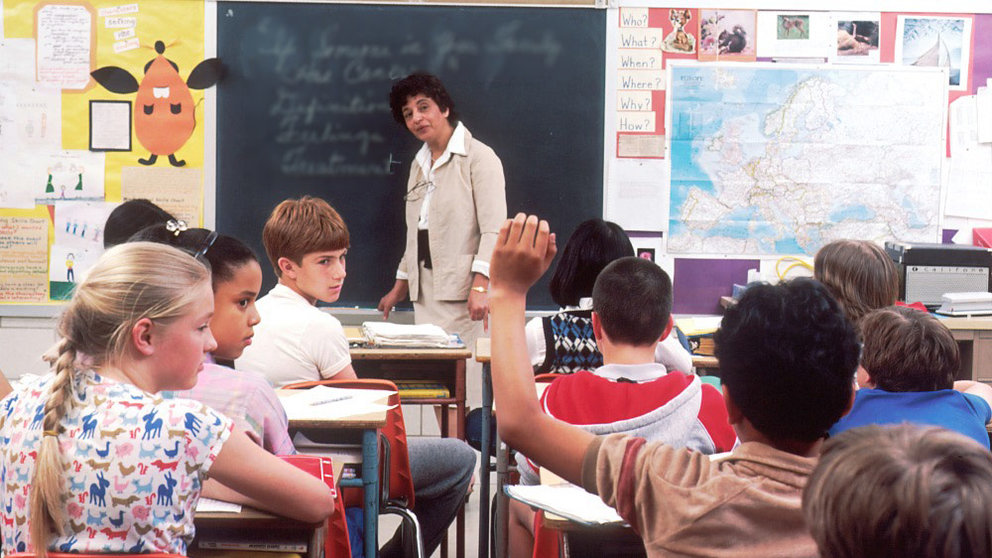Last year there were 400 reported cases of violence in early childhood education and 650 in comprehensive schools. This means one in 10 teachers in Finland suffered violence at work in 2019. These data have been released by the Trade Union of Education in Finland’s (Opetusalan Ammattijärjestö in Finnish, OAJ) and reported the Finnish Broadcasting Network (Yle).
More and more teachers in Finland are taking self-defence courses to protect themselves from violent situations, says self-defence instructor Janne Ahonen. "Due to a few larger acts of violence and disorderly conduct of pupils on a frequent basis, educational institutions have been increasingly organising self-defence and threat training for school teachers and directors," Ahonen said.
According to the OAJ survey, 75% of teachers think that the self-defence course helped them to face violent situations.
Long sick leaves
The number of teachers on sick leave as a result of aggressions has increased over the last two years. 9% of teachers who suffered violence were on sick leave in 2019. From those, approximately 125 resulted in a lengthy sick leave of one to two months.
"Longer sick leaves have been observed in comprehensive schools —perhaps, the situations turn more serious as the students are stronger. If the aggressive student is not provided with sufficient support and remains in the same classroom, the teacher may suffer from mental strain after returning from sick leave," Ilves said.
"I would describe situations of violence mainly as those where a raging child is restrained to prevent self-harm or to protect others. In such situations, the principal or the director of the daycare has to also assist or intervene," explained OAJ researcher Vesa Ilves.
Self-defence to manage violence
The act of restraining a student should be safe for both the teacher and the student, said Ahonen, who has reached in self-defence course over the last 20 years. "We practice safely approaching, holding back and removing an aggressive student from the classroom."
According to Ahonen, the use of drugs is one of the possible reasons for the increase in violent behaviour among students.
Researcher Vesa Ilves says that the integration of special needs of some students into the classroom could become an initiator of violence if there are not proper support measures .
Similar situation in Europe
Susan Flocken, Director of the European Trade Union Committee for Education (ETUCE), talked about the difficult situations that teachers face in Europe when she participated in a well-being seminar organized by OAJ in Finland.
"We have seen an increase in harassment of teachers and new forms. There is verbal harassment, harassment on the Internet and physical violence," Flocken said.
She also explained that many teachers feel that their sense of control over the job has diminished. "This is the result of various reforms in which teachers have not been sufficiently taken into account," she added.
According to Flocken, it is becoming increasingly common for teachers to consider changing jobs or, at worst, even to find that they have no choice but to leave the profession they love.
"Education systems across Europe are suffering from a shortage of teachers and are jeopardizing the future of the whole sector. Decision-makers should take action and find ways to solve the problem. Failure to do so will result in a deterioration in the quality of education across Europe. And this would have a far-reaching social impact," emphasized Flocken.










